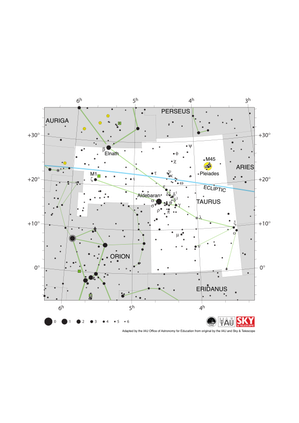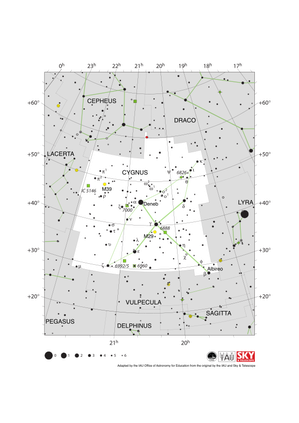Glossary term: Rémanent de supernova
Description: Un rémanent (ou reste) de supernova est la structure qui subsiste après l'explosion d'une étoile (supernova). Il s'agit d'une énorme structure de gaz chaud et de plasma créée par le choc généré au cours de la supernova. Dans de nombreux rémanent de supernova, le trou noir ou l'étoile à neutrons créé à partir de l'étoile qui a explosé est également présent, bien que dans certains cas, il ait été éjecté par la force de l'explosion.
L'énergie explosive d'une supernova provoque une onde de choc qui se répercute sur le gaz interstellaire environnant. Ce choc chauffe et ionise le gaz environnant à des températures extrêmement élevées (plus d'un million de kelvins). Ce gaz chaud émet de la lumière à différentes longueurs d'onde, et constitue notamment une source importante de rayons X. Le choc accélère également les particules à des vitesses élevées, ce qui fait des rémanents de supernova une source importante de rayons cosmiques.
En observant la vitesse d'expansion d'un rémanent de supernova, les astronomes peuvent estimer le temps qu'il lui a fallu pour atteindre sa taille actuelle. Cela permet aux astronomes de déterminer approximativement quand la supernova a eu lieu. Plusieurs grands vestiges de supernova dans la Voie lactée ont été datés de cette manière et reliés à des supernovae observées par les astronomes il y a des centaines d'années.
Related Terms:
- Rayon cosmique (ou Rayonnement cosmique)
- Nébuleuse planétaire
- Vestiges stellaires
- Supernova
- Milieu interstellaire
- Rayons X
See this term in other languages
Term and definition status: The original definition of this term in English have been approved by a research astronomer and a teacher The translation of this term and its definition is still awaiting approval
The OAE Multilingual Glossary is a project of the IAU Office of Astronomy for Education (OAE) in collaboration with the IAU Office of Astronomy Outreach (OAO). The terms and definitions were chosen, written and reviewed by a collective effort from the OAE, the OAE Centers and Nodes, the OAE National Astronomy Education Coordinators (NAECs) and other volunteers. You can find a full list of credits here. All glossary terms and their definitions are released under a Creative Commons CC BY-4.0 license and should be credited to "IAU OAE".
If you notice a factual or translation error in this glossary term or definition then please get in touch.
Related Diagrams
Taurus Constellation Map
Credit: Adapted by the IAU Office of Astronomy for Education from the original by IAU/Sky & Telescope
License: CC-BY-4.0 Creative Commons Attribution 4.0 International (CC BY 4.0) icons
Cygnus Constellation Map
Credit: Adapted by the IAU Office of Astronomy for Education from the original by the IAU and Sky & Telescope
License: CC-BY-4.0 Creative Commons Attribution 4.0 International (CC BY 4.0) icons










